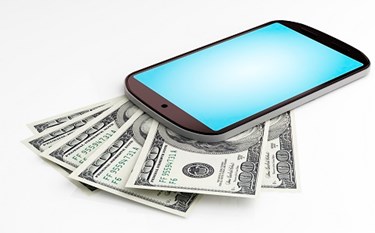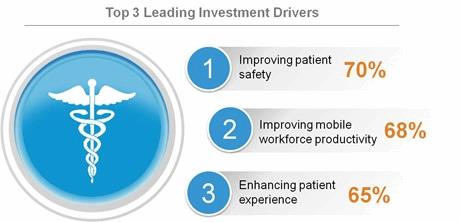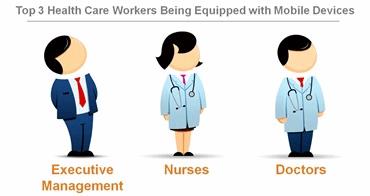Investment In Line Of Business Mobile Devices Reaches All-Time High

By Cameron Roche, Research Analyst, VDC Research
With patient satisfaction and engagement rates as main drivers, growth for both rugged and consumer grade devices used for line of business applications in the healthcare vertical is projected continue through 2020. The healthcare ecosystem has reached a critical juncture where organizations are beginning to heavily invest in the next generation of mobility solutions.
In 2015, the healthcare vertical invested nearly $7.2B between hardware, software, and connected services. Over the next few years, this value is projected to climb well past $8.0B as an increasing number of organizations begin their transition towards new mobile-enabled solutions.

With healthcare providers looking to increase patient satisfaction rates, many organizations are turning to mobile technologies for differentiation in a highly competitive and cost-driven environment. In fact, a recent 2016 VDC Research healthcare survey revealed the top three leading pressures to invest in mobile healthcare all had a focus on the patient, as seen in the figure above. In order best leverage this opportunity, look for the next generation technologies such as hardware platforms, secure communications, and workflow management applications to enable healthcare team members to spend more time with patients.
Upon further investigation, VDC’s healthcare survey indicated the top three types of workers slated to receive new devices (defined by a deployment of a mobile device within the next 18 months) are executive management, doctors/physicians, and nurses. Mobile-enabled devices and applications should allow executive management to expect benefits like increased dashboarding capabilities and enhanced insights into workflow efficiency.
On the other hand, doctors and nurses will be able to more effectively chart or look-up medical/patient information, locate critical assets, and communicate with other team members. While this shift will be gradual, due in part to a general (and some generational) resistance to rapidly adopt new technologies, forward-thinking organizations are already piloting this next generation of mobile investments.

Based on these drivers, healthcare organizations are developing and deploying a wide range of interactive applications for their patients. More than 70 percent of healthcare services providers indicate their current or planned applications will allow patients to make appointments, access lab results, contact their healthcare provider, monitor for medication compliance, and reference important educational information about diseases and medications.
For example, Massachusetts General Hospital, in partnership with Apple’s ResearchKit, has pioneered the application GlucoSuccess which uses self-reports of food and medication intake coupled with the iPhone’s accelerometer and gyroscope to help patients with diabetes monitor medication, dietary, and activity compliance. Another pertinent example of a patient focused application is TigerText’s HealthBot, an encrypted, HIPAA-compliant messaging application, which creates structured conversations utilizing a natural language processing system. Through a chat window, patients can interact with HealthBot to schedule appointments, research medical information, or receive medication reminders.
For information about this report please contact us at info@vdcresearch.com. The author can be contacted directly at croche@vdcresearch.com or via Twitter @Cam_Roche.
